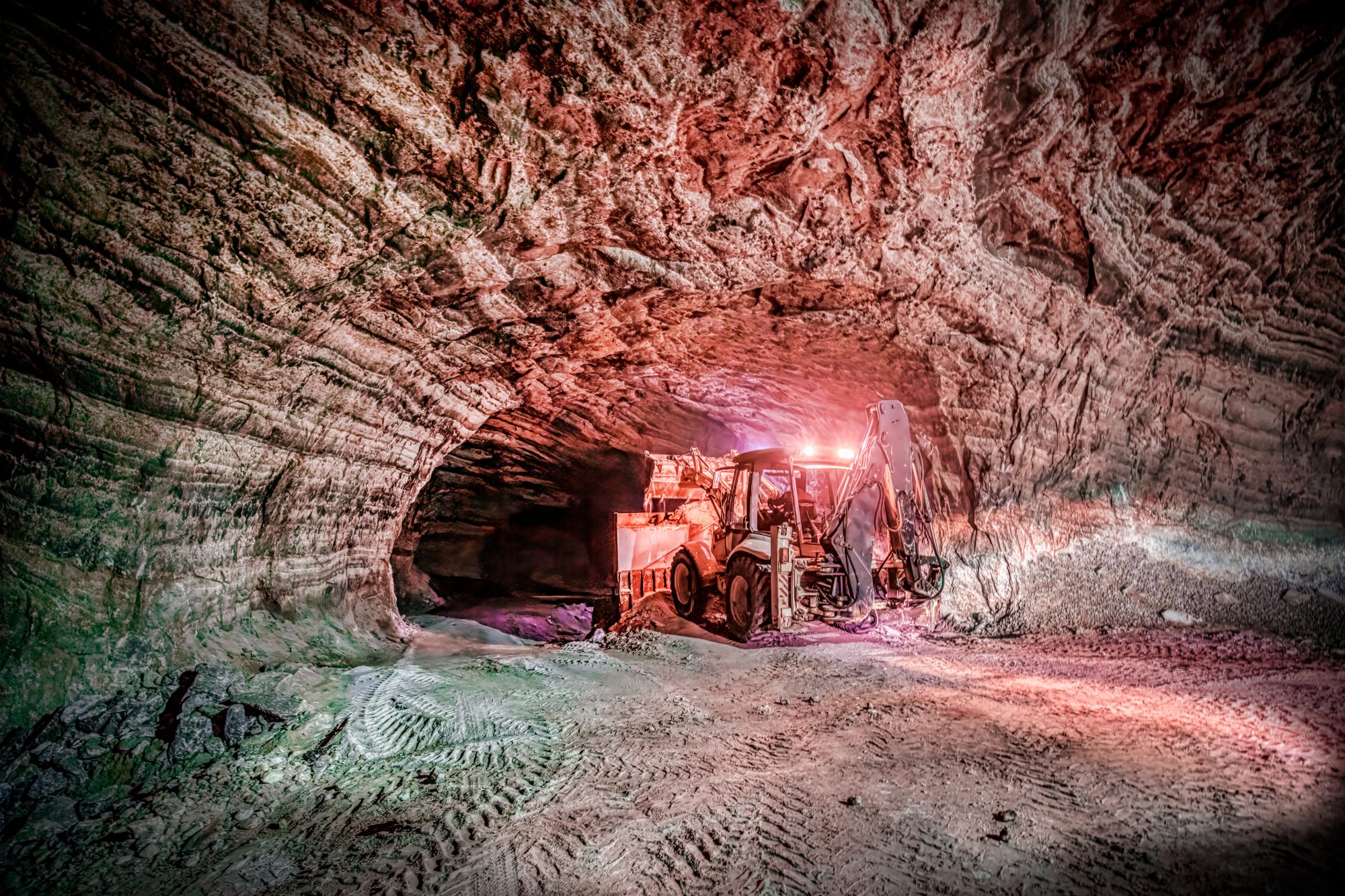Salt caverns in the Earth could be key to harnessing renewable energy, urge researchers, who note that salt itself could aid hydrogen production
Salt caverns, according to Science Direct, are “artificial cavities in underground salt formations which are created by the controlled dissolution of the rock salt by the injection of water during the solution mining process.”
Energy storage as gas in salt caverns, such as hydrogen and compressed air, CO2 storage, and geothermal energy, could be a product for the transition to lower carbon energy sources.
Researchers at The University of Texas at Austin’s Bureau of Economic Geology find that large underground salt deposits could serve as hydrogen holding tanks, conduct heat to geothermal plants, and influence CO2 storage.
However, exploitation of these resources will require a deeper understanding of the internal composition, geometry, and evolution of salt structures and potentially the development of more predictive models of salt tectonic behaviour to accelerate the development and storage of renewable energies.
Salt caverns have an influential role in shaping Earth’s subsurface layers
Salt caverns are proven containers for hydrogen used by oil refineries and the petrochemical industry.
Researchers have found that these salt formations could also be put to use as storage or holding places for hydrogen bound for energy production.
These structures and their surrounding geology offer a number of opportunities for energy development and emissions management and can be easily squeezed by geologic forces into complex and massive deposits – with some subsurface salt structures taller than Mount Everest.
The porous rock could be used as a permanent storage spot for CO2 emissions
Essnetially, the porous rock surrounding salt caverns could be used as a permanent storage spot for CO2 emissions.
Study co-author Lorena Moscardelli, the director of the bureau’s State of Texas Advanced Resource Recovery (STARR) program, said: “The co-location of surface infrastructure, renewable energy potential, favourable subsurface conditions and proximity to markets is key to plan for subsurface hydrogen storage.
“STARR is currently engaged with emerging energy opportunities in West Texas that involve hydrogen and carbon capture, utilization and storage potential for the region.”

Co-locating hydrogen production from blue hydrogen
The potential benefits of these geological sites could co-locate hydrogen production from natural gas called “blue hydrogen” and CO2 storage.
While the hydrogen is sent to salt caverns, the CO2 emissions generated by production could be kept from the atmosphere by diverting them to the surrounding rock for permanent storage.
According to the researchers, with numerous salt domes surrounded by porous sedimentary rock, the Texas Gulf Coast is particularly well suited for this type of combined production and storage.
The study also touches on how salt can further in the adoption of next-generation geothermal technology, with the potential to conduct heat from warmer underlying rocks to produce geothermal power.
Mining in salt basins to energy transition technologies
Research also indicates how industries with existing salt expertise, such as solution mining, salt mining, and oil and gas exploration, could help with this energy transition.
Lead author Oliver Duffy, a research scientist at the bureau, said: “We see potential in applying knowledge and data gained from many decades of research, hydrocarbon exploration, and mining in salt basins to energy transition technologies.
“Ultimately, a deeper understanding of how salt behaves will help us optimize design, reduce risk, and improve the efficiency of a range of energy transition technologies.”











